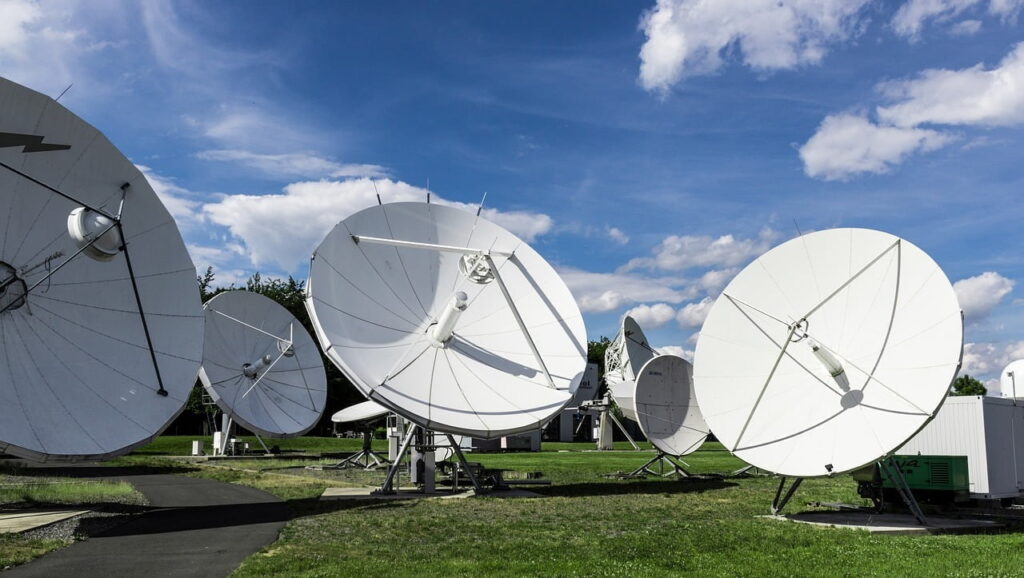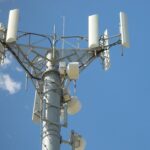SpaceX in response to TRAI’s consultation paper on ‘Roadmap to Promote Broadband Connectivity and Enhanced Broadband Speed’ called on India to facilitate satellite broadband as it readies to place constellation deployments in place by 2021 end for India, pending regulatory permission.
SpaceX noted that Starlink’s high-capacity, high-speed, low-latency satellite network would be the goal of delivering broadband connectivity in the near term to all Indians particularly those without access now or in the near term to broadband services traditionally available to customers in urban and suburban areas only.
SpaceX has recommended TRAI to encourage technology-neutral broadband definitions that reflect the advances of next-generation satellite services, assign already-allocated frequencies for use by satellite systems, extend blanket licensing tools to support the wide-spread availability of satellite over terminals, promote maximum spectrum efficiency, safeguard ongoing satellite innovation in higher frequency bands, and consider the unintended fees, taxes, and other administrative burdens that could make broadband unaffordable to many.
SpaceX is already testing Starlink’s broadband service in the United States which will quickly move to limited public release followed by a larger U.S and international rollout with India on track for constellation deployments for continuous Starlink coverage throughout India by the end of 2021, regulatory approvals permitting.
Spectrum Availability
SpaceX has called for incent spectrum efficiency and spectrum sharing among broadband providers to deliver the most service to Indian citizens and businesses while supporting the adoption of an “Open Skies” approach, not only for VSATs, but for the emerging satellite broadband services as well.
The company stated that it believed in a robust, competitive broadband market driven by innovation and efficiency to maximize consumer choice.
Ku-band Blanket Licensing
SpaceX has encouraged TRAI to extend the existing licensing regime for multiple identical satellite terminals which would streamline the site-per-site licensing requirements and accelerate the widespread deployment of two-way satellite broadband terminals to support innovative satellite services in India including broadband internet service that SpaceX is coming up with.
The company stated that extending blanket licensing to broadband terminals would expand the number of Indian consumers that can be supported by emerging NGO satellite constellations such as Starlink.
Ka-band Assignment
SpaceX has further encourage TRAI to initiate approval process for Ka-band frequency assignments that are required to communicated with gateway earth stations which is fundamental to expanding high-speed broadband service in India.
Even though India has encouraged satellite operators to deploy earth gateway stations within the country, the policy is thwarted by the absence of Ka-band frequency assignments.
E & V Bands
SpaceX appreciated TRAI’s attempt to expand the use of E & V bands encouraging TRAI to keep the potential of satellite operations in both bands in keeping allocations with ITU. SpaceX however cautioned TRAI to take into account the impact of proposed rule changes on satellite use of E & V bands and that new uses of spectrum do not infringe upon planned and future FSS operators.
Spectrum Sharing
SpaceX proposed a default rule under which absent successful private coordination between two NGSO operators split the spectrum during events that occur between the two systems with the NGSO operator who uses spectrum more efficiently being awarded first choice to bands to select in split of spectrum.
The company endorsed approaches to encourage the development of spectrally efficient technologies including a band-splitting model for spectrum sharing among NGSO satellite operators that rewards the system that uses spectrum most efficiently.
How Starlink works?
Starlink satellite systems consist of the Ku-band connection from the consumer’s home directly to a satellite in orbit, entirely eliminating the largest cost inhibitor to near term universal broadband coverage in India while customers connected to the Starlink network using a single User Terminal (UT) featuring an advanced phased-array antenna that connects to a Wi-Fi router within a home, a business, school or community center.
A Starlink Wi-Fi router can also distribute connectivity outside for shared use with SpaceX designing the Starlink User Terminal to be easy to install and attainably priced for consumers.







